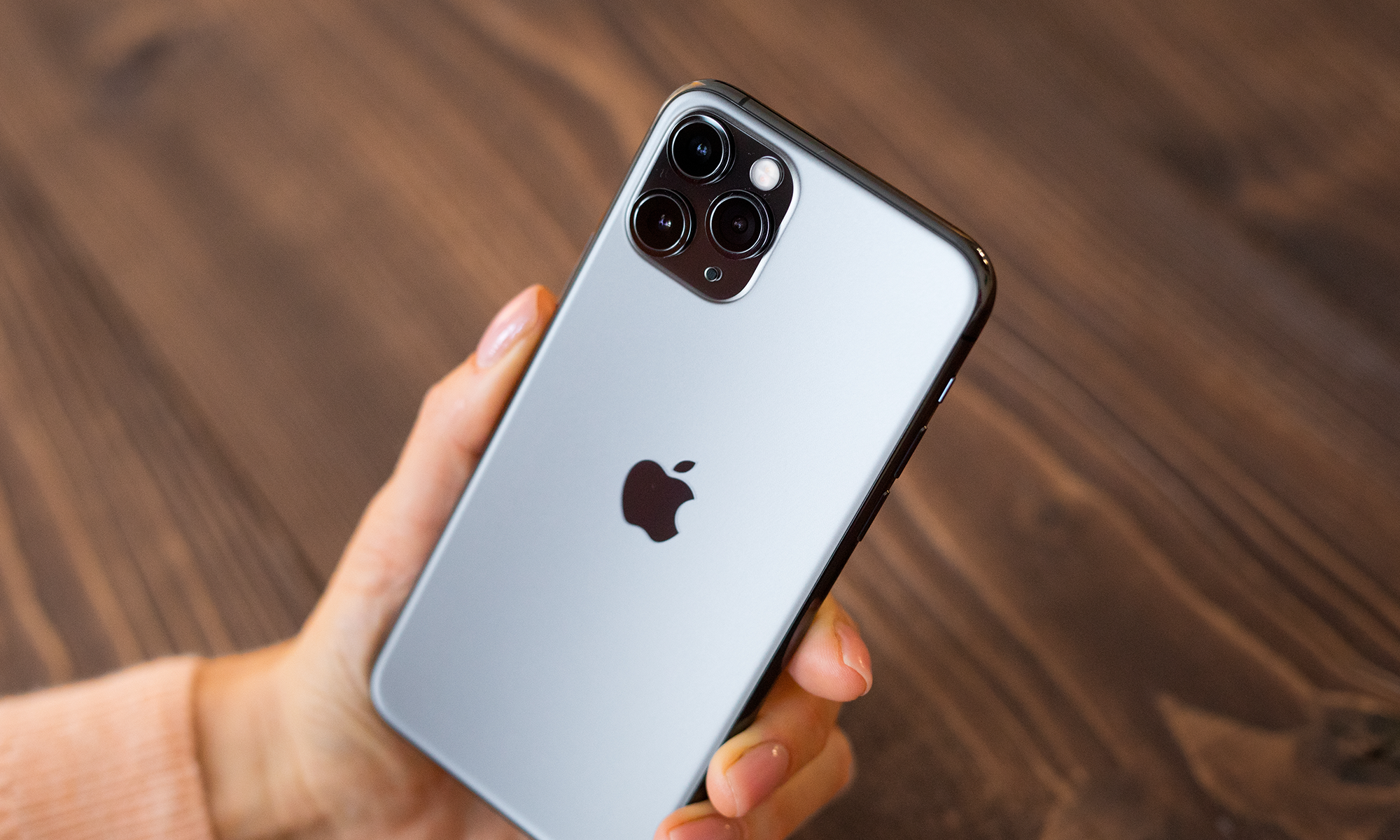The smartphone market has historically been dominated by Google's Android.
In the most recent quarter, the Alphabet, Inc (GOOGL 1.22%) (GOOG 1.32%) property controlled more than 80% of the global mobile operating system market. You might be tempted to believe that the company would be able to leverage its massive installed base of devices into a commanding lead in the area of mobile payments. While that would be an easy conclusion to draw, it's not actually the case.
When Apple Inc. (AAPL 1.29%) launched Apple Pay in 2014, it announced that the payment service was supported by Visa, Mastercard, and American Express (which represented 83% of credit card purchases in the U.S.) and was accepted at 220,000 merchant locations. One of the criticisms at the time was that the seemingly large number only represented about 2.4% of the approximately 8 million merchants in the U.S. that accepted credit cards. Apple touted its NFC antenna technology as groundbreaking, but the vast majority of merchants didn't possess the point-of-sale systems the would work with this technology. But from these humble beginnings and early criticisms, Apple has emerged as the leader in the mobile payments space.

Image source: Getty Images.
Apple Pay transaction volume up 500%
During its most recent conference call, Apple revealed that the number of Apple Pay users had more than tripled over the last year and that transaction volume was up 500% year over year. The service has been rolled out in four new countries, for a total of 13. Apple admitted that while adoption has been slow, 4 million locations that cover about 35% of all retail stores in the U.S. now accept Apple Pay. Since Apple collects a piece of each transaction, this could eventually generate a significant ongoing revenue stream for the company.
A recent report by Statista revealed similar findings, with about 36% of U.S. retailers accepting Apple Pay. Google takes up the second spot with Android Pay, which is accepted at 24% of merchants, and Samsung (NASDAQOTH: SSNLF) offering Samsung Pay comes in third with 18%. Apple Pay's acceptance at a significantly greater number of merchants appears to be paying off, and is likely the reason for Apple's lead in the category.
Monthly Apple Pay transactions grew 50%
While one-off payments help growth, regular use will be a key driving factor. Consumer analytics firm TXN Solutions reviewed the transactions from over 3 million payments and reported that the number of monthly Apple Pay transactions grew by 50% between December 2015 and December 2016.
How does this translate to overall consumer usage? Market research firm eMarketer revealed that fewer than 20% of smartphone users have paid using a mobile device in the preceding six months. That is expected to grow to 33% by 2020. Statista found that Apple Pay leads among consumers, with 12% using the service, while only 9% use Android Pay and 6% use Samsung Pay.

Apple leads in the growing mobile payments segment. Image source: Pixabay.
Mobile payments slowly gaining popularity
With the wide adoption of smartphones, many expected that mobile payments would gain fast acceptance, but thus far it has been slow to materialize. Numerous factors including concerns regarding personal data security and the potential for fraud have contributed to the slow rate of adoption by consumers. Still, Statista expects mobile payment transactions to grow at a rate of 52% annually to $866 billion by 2021.
The 2016 North America Consumer Digital Payments Survey (link opens PDF) by Accenture Consulting indicates that while consumers still default to traditional payments now, many report that they expect to making more digital payments by 2020. Several key trends are at play that will drive further mobile payment adoption. Fifty-six percent of consumers are aware of the technology and plan to use it in coming years. Millennials (those the report defines as being between the ages of 18 and 34) and mass affluents (those consumers with annual income of $100,000 or more after taxes) are pioneering the change to digital payments, with 35% of these groups regularly using their mobile phone to make online payments. This bodes well for Apple, as market research firm MBLM in its Brand Intimacy Report found that Apple is one of the most beloved brands among millennials. Finally, 73% of consumers trust their traditional credit card providers the most when considering mobile payments, which again bodes well for Apple Pay as it pairs with existing credit cards.
Part of a growing trend
Apple doesn't break out the revenue generated by Apple Pay, though its services segment, where it is located, reached a record $7.17 billion in the first quarter of 2017, up 18% over the prior-year quarter. Apple revealed in its most recent conference call that more than 2 million small businesses now accept invoice payments using Apple Pay and that Comcast would soon as well. CEO Tim Cook said the company's goal is to double revenue from the services segment by the end of 2020.
The acceptance of Apple Pay by a larger segment of retailers appears to have resulted in greater popularity for its service. That doesn't mean the company can rest on its laurels. Last month, Samsung launched Samsung Pay in India, the world's second most populous country, ahead of both Apple Pay and Android Pay, and LG announced that it would debut its own mobile payments service in June.
The field is becoming more crowded, but Apple is clearly the top dog in mobile payments, and it has plenty of tailwinds to help it maintain that spot.






